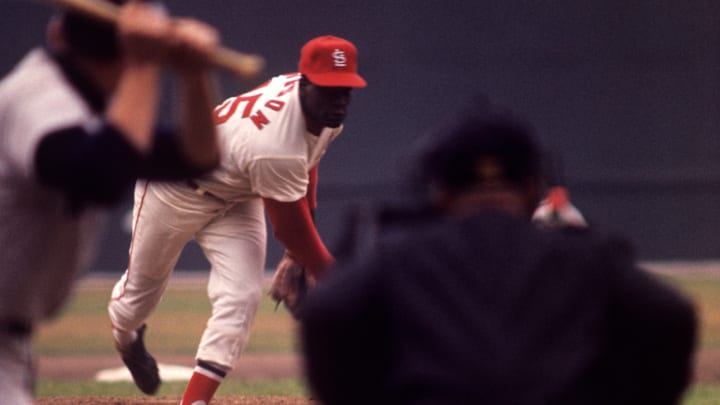As I said. I’m no mathematician. So, I can’t speak to Marshall’s theory of the height of a pitcher’s mound. And I cannot speak to the cause of these arm injuries.
But as a fan, I can offer Major League Baseball my two cents on today’s game. Despite the incredible athletes that now play today’s game that can throw harder hits further, and cover more ground than the players of yesteryear, the brand of baseball played by the less athletic players of yesteryear was superior to today’s version of the game. This opinion has nothing to do with athletic ability, or quality of play, but everything to do with entertainment.
There are far too many strikeouts in today’s game. There are not enough balls put in play in today’s game. In the game I grew up watching there were more hits (albeit singles), more balls put in play, more outfield assists, and most importantly fewer strikeouts, making it more entertaining than today's game. There was more sprinting and less trotting in the games of yesteryear. Today's game of strikeouts and trotting is wasting the incredible athleticism and fielding skills of today's players.
So I go back to that evil villain Syndrome and wonder what his diabolical plan would be to ruin baseball. I could see a scene like this: “What happens when every pitcher can throw 100 miles per hour?” he might cackle. “Then no pitcher will be super. And no-hitters will be able to hit. And who would want to see that game?” He would then let out an evil laugh.
